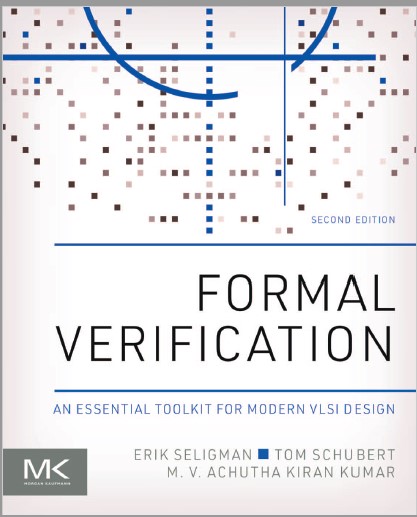The genesis of this upheaval is inextricably tied to the smart phone revolution. “It was when people realized what the phone could do for their life,” Curran said. “That led people to ask why their car was not able to know them and understand what they want. ‘Why do I have all these buttons? Why isn’t it upgradable like the phone is upgradable?’ Then, when Tesla came out and started the whole vehicle based on the software, people realized this is the way of the future.
...
For automotive OEMs to adopt new architectures requires a fundamental shift in how they approach their supply chain. Modules cannot be developed individually by multiple Tier 1 and Tier 2 suppliers. Instead, they need to be developed in sync, with an understanding of how each is characterized and how they can be fully integrated. “You can’t have Bosch do one module, Continental do another module, Aptiv do a separate module, then plug them in on the assembly line and think the experience is going to be great,” she said.
...
“The OEMs are saying, ‘If I’m going to go to 3nm, which is $75 million to $100 million for a mask set, plus a huge development team, where am I going to get those people? That’s not the biggest pool of talent in the world,” said Fritz. “‘How do I do that?’ Chiplets. So now they’re saying, ‘I can have these companies, maybe even startups, developing a chiplet.’ It’s more cost-effective for them, because those chiplets can be sold to many customers and across multiple market segments and get the volume up.
...
“An application like Apple CarPlay is different from other components in a vehicle, where others are trying to collaborate as OEMs pull it together,” said Simon Rance, director, product management, data & IP management at Keysight EDA. “The user experience plays a big role in the outcome of that design and application. That’s where there needs to be tighter collaboration between those OEMs that are involved in that system, not just Apple with the CarPlay app and its capabilities and functions. How does it interface with Bluetooth? How does it interface with sensors and sensor data, for example? These are where vendors are looking to take these capabilities, or solutions like CarPlay, to the next level.
...
"We’ve had these traditional collaborations in automotive where we get OEM cross-synchronization,” Lapides said. “Traditionally that’s been around AUTOSAR, maybe around embedded Linux, and certainly around overall SoC design. But now we’re seeing much more collaboration in the software area, outside of AUTOSAR, outside of the OS. We’re seeing more collaboration getting down to the processor side and what the processor can do. Those things are really interesting — especially in automotive, where AI is going out to the edge with sensors.

Not every programmer has a github account.